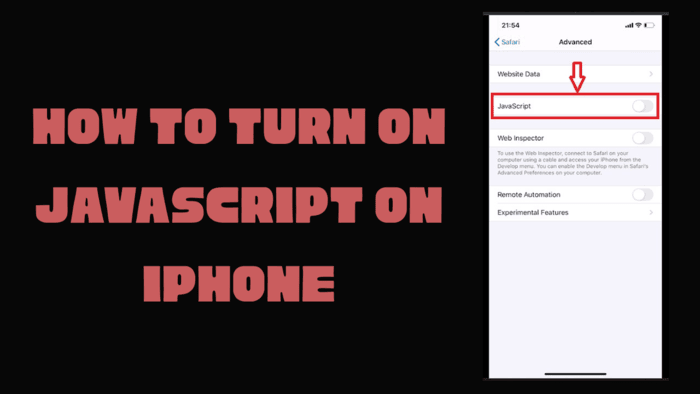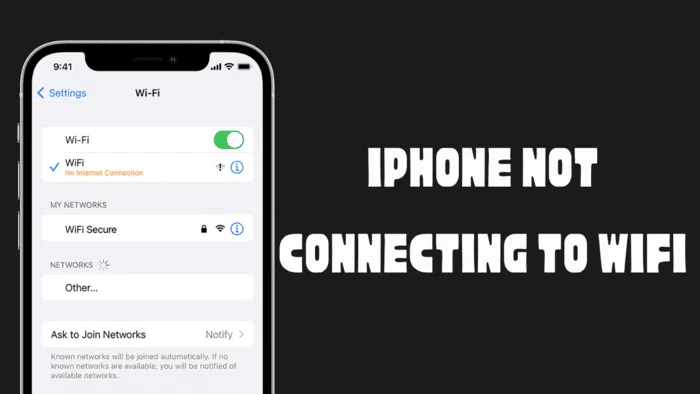Pop-ups are often considered one of the most annoying aspects of browsing the internet.
Many users find them intrusive, as they frequently appear unexpectedly and disrupt the browsing experience.
However, not all pop-ups are spam or advertisements. Some websites rely on them for essential functions.
For instance, Amazon uses pop-ups to open customer service chat windows, but certain web browsers may block them automatically, preventing users from accessing necessary features.
By default, your iPhone’s web browser is set to block pop-ups to minimize distractions and enhance security.
However, there may be times when you need to allow them, especially when visiting trustworthy websites that require pop-ups for certain interactions.
If you need to enable pop-ups on your iPhone, both Safari and Google Chrome offer simple options to modify this setting.
Enabling Pop-ups in Safari on an iPhone
Safari is the default browser on all iPhones, and any changes to its settings must be made through the built-in Settings app.
To allow pop-ups in Safari, follow these steps:
- Open the Settings app on your iPhone. You can find it on your Home screen or in the App Library.
- Scroll down and tap Safari. This will open the Safari settings menu, where you can manage various browser preferences.
- Locate the “Block Pop-ups” option under the General section. By default, this setting is enabled to prevent pop-ups from appearing.
- Toggle off the “Block Pop-ups” switch. When you turn it off, the switch will change from green to gray, indicating that pop-ups are now allowed.
After completing these steps, Safari will no longer block pop-ups, allowing websites to display them as needed.
If you want to re-enable pop-up blocking in the future, simply follow the same steps and turn the toggle back on.
Allowing Pop-ups in Google Chrome on an iPhone
Google Chrome is a popular third-party browser that has its own settings menu separate from the iPhone’s system settings.
If you prefer using Chrome and need to permit pop-ups, you can do so by following these steps:
- Launch the Chrome app on your iPhone. The app icon has a circular design featuring red, yellow, green, and blue colors.
- Tap the three-dot menu located in the bottom-right corner of the screen. This will open a list of options for managing browser settings.
- Select “Settings” from the menu. This will take you to a page where you can adjust various preferences related to browsing, privacy, and security.
- Scroll down and tap “Content Settings.” This section allows you to control different aspects of web content, including permissions for pop-ups.
- Choose the “Block Pop-ups” option. A new page will appear, displaying a toggle switch.
- Turn off the “Block Pop-ups” setting. Once disabled, the switch will turn gray, indicating that Chrome will no longer block pop-ups.
- Tap “Done” in the top-right corner to save the changes and exit the settings menu.
After making these adjustments, Chrome will allow pop-ups on websites that use them for essential functions.
If you later decide to block them again, simply revisit the settings and enable the pop-up blocking feature.
By following these steps, you can control how pop-ups behave on your iPhone, ensuring that important site features work properly while still maintaining the option to block unnecessary pop-ups when needed.





